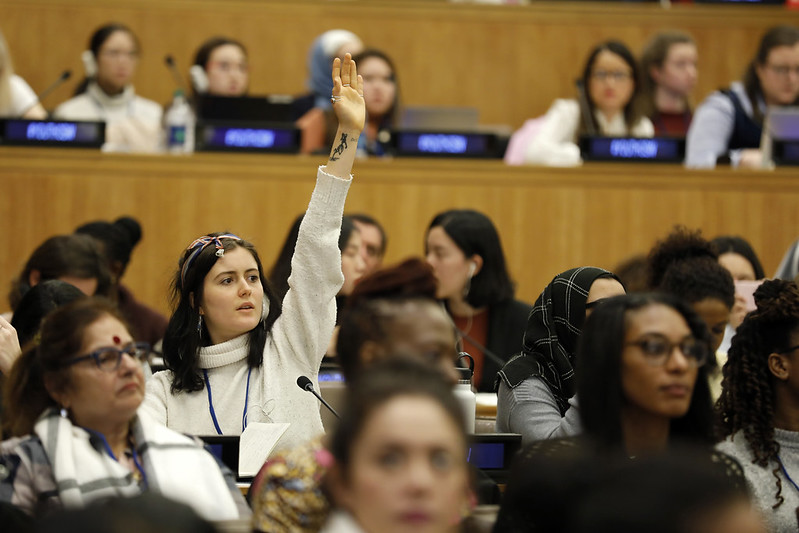In today’s geopolitical landscape, economics has become the driving force of foreign policy, with trade and commerce replacing traditional diplomacy as key instruments of statecraft, exemplified by the US-China trade war and countries like India recalibrating their strategies to align with shifting economic and strategic imperatives.
Markets are now the theatre of foreign policy, where economic tools are increasingly being used to drive foreign policy strategies. Trade and commerce are increasingly becoming the new language of statecraft and diplomacy. US President Donald Trump’s tariff regime is perhaps the most evident use of geoeconomics to achieve geopolitical ambition – not just to compete with strategic rival China but also to maintain the hegemony of the US dollar.
The US-China great power competition has spilled clearly into the open as both sides openly declaring a trade war as US threatens 100% tariffs on imports from China in response to Beijing imposing strict export controls on rare earth minerals. These rare earths are critical minerals of strategic importance to the US defense economy as they are used to manufacture key inputs in US weapons platforms as well as the used by the semiconductor industry and electric vehicles sector.
Unlike the Cold War, the current trade war era favors interests over values due to the globalization of markets and the resulting intertwining of national economies and arguably the two countries who gained most from the globalization wave – the US and China – are now looking for ways to decouple from one another.
But the US and China are not the only ones affected by this trade war.
As a consequence of the US-China trade war, all countries in the region are now facing some kind of economic impact which is enabling them to centre either foreign policies around their larger economic needs.
India, for example, is now solidifying its partnerships with strategic partners so as to secure its own supply chains and leverage these partnerships to gain access to varied markets for its goods and services. Earlier this year, India and UK finalized their free trade agreement (FTA) with strategic economic benefits helping them overcome a turbulent history.
Strategically, the UK is now looking to recouple with the Indo-Pacific as it aims to balance China, strengthening trade relations with India is its interests. For India, too, diversifying trade partners is a strategic priority and this deal allows India to strengthen its supply chain resilience in areas like pharmaceuticals. Moreover, a post-Brexit UK is looking for new trade relationships as its own economy stagnates with its share of goods in total exports at an historic low while India is looking for new markets to sell its agricultural products as well as obtain easier access for Indian professionals.
India, a vital strategic US partner, has found itself unsuspectingly at the centre of this tariff war as Trump imposed 50% tariffs on Indian imports as a punishment for its buying Russian oil, and then reselling its refined products. President Trump claimed to be ‘peacekeeper because of the tariffs’ as he helped the India-Pakistan conflict stop short of war by using tariff threat to force a ceasefire in May this year. India, however still stands by the claim that no third-party intervention occurred during the military escalation. A claim, repudiated by Trump and also seen as another factor that pushed him to penalize India more harshly.
Given the political and economic uncertainties with its largest export partner, India is now looking to diversify its economic partners – with its sights set on clinching the deal with the European Union, India’s largest trading partner. Both sided have concluded the 14th round of negotiations with a deal likely to conclude at the end of 2025.
Trade diversification has become key as overreliance on any one economic power can be a risky strategy – As foreign policy marches to the tune of economic priorities of nations, we will see more national agreements and disagreements being aired through trade. What is certain is that great power rivalry is back, however unlike the Cold War, this time around interests will trump values.
Dr. Teesta Prakash is a Research Fellow (Security and Geopolitics) at the Australia India Institute. She is an expert on the strategic affairs of the Indo-Pacific, specialising in geoeconomics of India, Southeast Asia and the Quad.
This article is published under a Creative Commons License and may be republished with attribution.





